
Understanding Sarcopenia
Definition of Sarcopenia
Sarcopenia is the gradual loss of muscle mass and strength that typically comes with aging. It’s not just about becoming less strong; it’s a broader condition that can impact your movement, balance, and overall quality of life. Think of it as your body’s way of slowing down if it’s not given the right incentive to stay active.
Read also : Purple Rice: Your Ticket to a Healthier Lifestyle
Impact of Sarcopenia on Health
The consequences of sarcopenia can be quite significant—beyond just looking or feeling weaker. It often leads to:
- Increased risk of falls: Weakened muscles can make simple activities, like walking, much more dangerous.
- Loss of independence: Tasks we take for granted, like climbing stairs or carrying groceries, can start to feel insurmountable.
- Chronic diseases: When combined with other health issues, sarcopenia can worsen conditions such as diabetes or heart disease.
Realizing these potential impacts motivates many individuals to prioritize their muscle health as they age. Embracing regular exercise and a balanced diet is essential for combating this condition and maintaining your vitality.
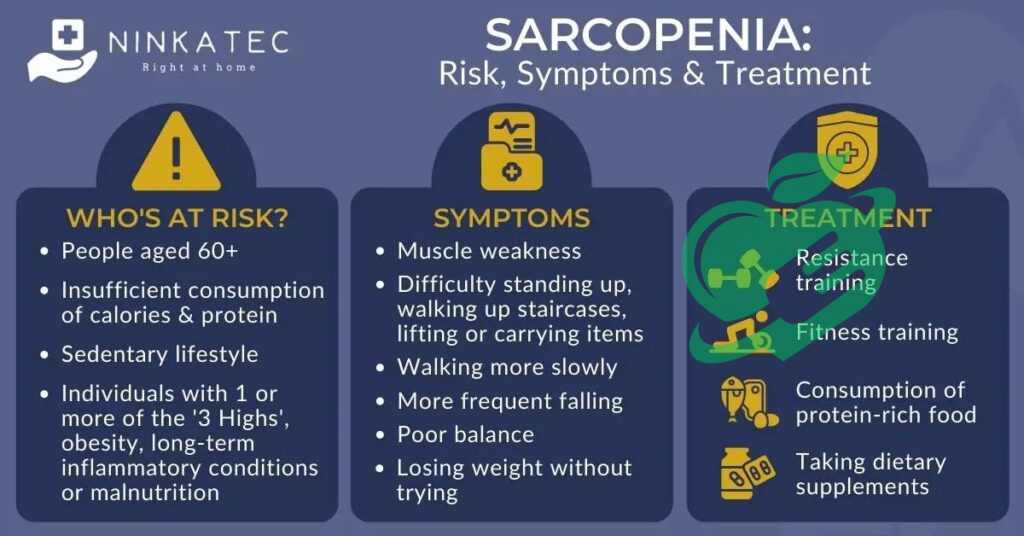
Causes of Sarcopenia
Age-related Factors
As we delve deeper into the causes of sarcopenia, age certainly plays a central role. Starting in your 30s, you could lose about 3-5% of muscle mass every decade! This decline accelerates after age 60, making it vital to recognize how aging affects your body. Key age-related factors include:
- Hormonal changes: Levels of hormones like testosterone and growth hormone naturally decline, impacting muscle regeneration.
- Neuromuscular change: The nervous system becomes less efficient at signaling muscle to contract, leading to diminished strength.
Lifestyle and Dietary Influences
Your lifestyle choices and diet also significantly contribute to sarcopenia. If you’ve ever thought about skipping that workout, reconsider! Consider these influences:
- Physical inactivity: A sedentary lifestyle can drastically increase muscle loss.
- Poor nutrition: Inadequate protein intake can hinder muscle repair and growth.
- Chronic stress: Elevated cortisol levels due to stress can negatively affect muscle management.
By understanding these causes, you can take proactive measures to maintain your muscle health. A balanced diet and regular exercise can make all the difference!

Diagnosis and Detection
Methods for Identifying Sarcopenia
Now that we understand the causes of sarcopenia, let’s talk about how it can be diagnosed. There are several methods utilized by healthcare professionals to identify this condition effectively:
- Muscle mass measurement: Techniques like Dual-Energy X-ray Absorptiometry (DEXA) scan help determine body composition.
- Strength testing: Simple tests, such as grip strength assessments, can indicate muscle functionality.
- Walking speed evaluation: Timing how fast you can walk over a short distance can reveal potential muscle loss.
These methods help professionals accurately assess your muscle health.
Importance of Early Detection
Detecting sarcopenia early can be a game-changer! Much like spotting a leak in your roof before it causes significant damage, early diagnosis allows for timely intervention. Here’s why it matters:
- Prevention of complications: Addressing sarcopenia can minimize risks associated with falls, fractures, and loss of autonomy.
- Tailored strategies: Early detection empowers you to implement personalized exercise and nutrition plans to counteract muscle loss.
By being proactive about your muscle health, you’re setting yourself up for a healthier, more active life. Remember, every little bit of effort counts!
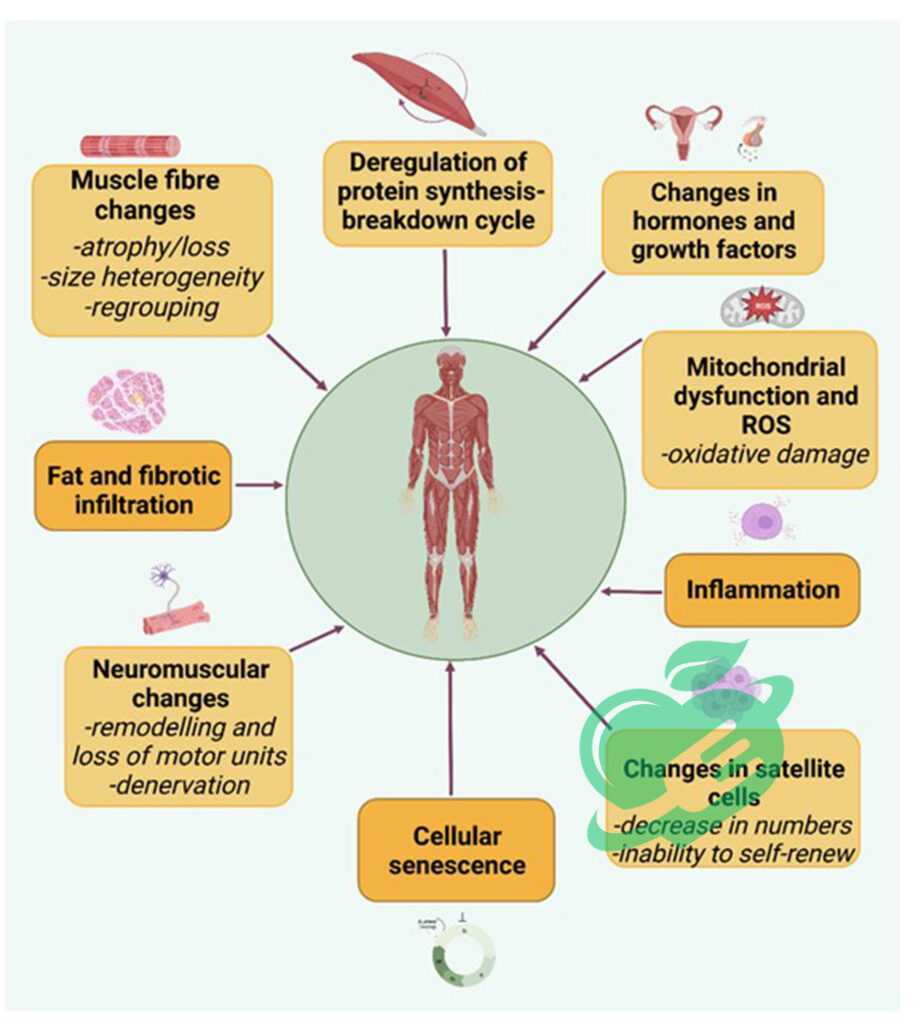
Treatment Options
Exercise and Physical Activity
Now that we’ve covered detection, let’s explore how to treat sarcopenia effectively. The cornerstone of combatting muscle loss lies in staying active! Engaging in regular exercise not only helps build muscle strength but also improves overall health. Here are some effective ways to incorporate physical activity:
- Resistance training: Using weights or resistance bands two to three times a week can significantly increase muscle mass.
- Aerobic exercise: Activities like walking, swimming, or cycling boost cardiovascular health while keeping the muscles engaged.
- Balance exercises: Practicing yoga or tai chi enhances coordination, reducing the risk of falls.
Nutrition and Dietary Recommendations
Exercise alone isn’t enough—fueling your body with the right nutrients is equally crucial! A balanced diet rich in protein can aid muscle repair and growth. Consider these dietary recommendations:
- Protein-rich foods: Incorporate lean meats, fish, beans, and legumes.
- Healthy fats: Avocados, nuts, and olive oil support overall health.
- Adequate hydration: Don’t forget to drink plenty of water to keep your muscles functioning optimally.
By combining exercise with proper nutrition, you’re setting yourself up for success in maintaining your muscle health and vitality. Every action you take contributes to a stronger future!
Read also : Unlocking the Benefits: How Veggies Can Lower Your Blood Pressure
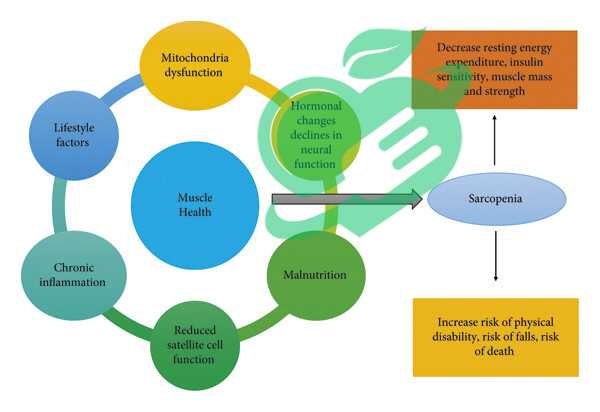
Medical Interventions
Medications for Sarcopenia
In addition to lifestyle changes, medical interventions can play a vital role in treating sarcopenia. While research is still ongoing, some medications show promise in enhancing muscle mass and strength. Here are a few options:
- Testosterone therapy: For men experiencing low testosterone levels, hormone replacement can help boost muscle growth.
- Selective androgen receptor modulators (SARMs): These are being studied for their ability to stimulate muscle maintenance without the side effects of traditional anabolic steroids.
- Nutritional supplements: Products containing amino acids, particularly leucine, might accelerate muscle recovery and growth.
Potential Surgical Treatments
In extreme cases, surgical options could be explored. Although not common, surgery might be considered if other treatments are ineffective.
- Muscle grafting: This experimental procedure involves transplanting healthy muscle tissue to enhance functionality, but it carries high risks.
- Addressing underlying issues: Surgeries aimed at correcting conditions like obesity can indirectly improve muscle strength.
Consulting with a healthcare professional is crucial to determine the best course of action. Together, you can design a comprehensive strategy that blends medical interventions with lifestyle choices for optimal results. Taking these steps can significantly influence your journey towards greater muscle health!
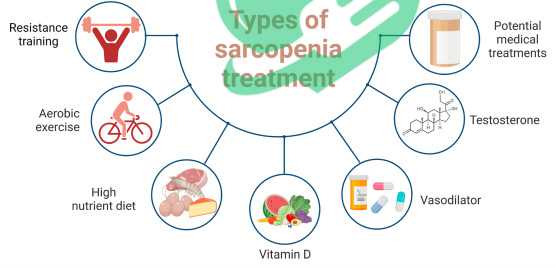
Prevention Strategies
Lifestyle Changes to Prevent Sarcopenia
Now that we’ve explored treatments, let’s turn our attention to prevention strategies. Making certain lifestyle changes can significantly reduce your risk of developing sarcopenia. Consider these actionable steps:
- Balanced diet: Focus on incorporating a diverse array of nutrient-dense foods that emphasize protein, healthy fats, and whole grains.
- Maintain a healthy weight: Obesity can compound muscle loss, so aim to keep your weight in a healthy range through manageable habits.
- Limit alcohol and smoking: Both can negatively impact muscle health and overall wellness.
Adopting these changes can create a solid foundation for your physical well-being.
Role of Regular Exercise
Even with the best intentions, staying active is vital for muscle maintenance. Regular exercise not only combats the effects of aging but also enhances your mood and energy levels! Here’s how you can integrate exercise into your routine:
- Strength training: Incorporate weights at least twice a week for optimal benefits.
- Flexibility exercises: Practices like stretching or yoga keep your muscles limber and reduce injury risk.
- Cardiovascular activities: Aim for at least 150 minutes of moderate aerobic exercise weekly.
By committing to these preventive strategies, you’re ensuring a healthier, stronger future. Remember, every little effort counts towards maintaining your muscle health!
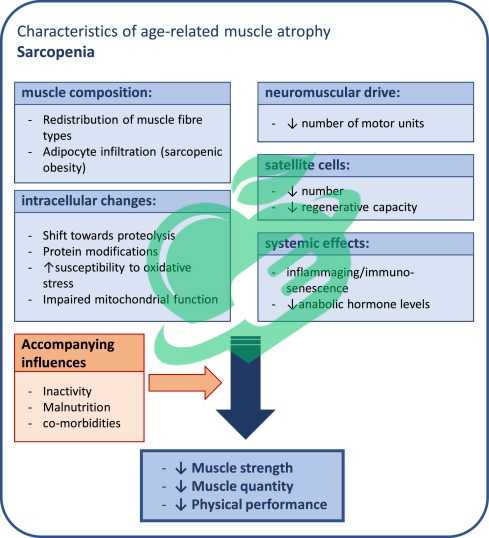
Ongoing Research and Developments
Current Studies on Sarcopenia
As we continue to fight against sarcopenia, ongoing research offers hope and insight into better understanding and treating this condition. Numerous studies are currently in progress that explore various dimensions of muscle health:
- Genetic factors: Researchers are examining how genetics may influence an individual’s likelihood of developing sarcopenia.
- Interventions: Trials are underway assessing the effectiveness of different combinations of exercise with dietary supplements specifically targeting muscle preservation.
- Biomarkers: Scientists are searching for biological markers that could help predict muscle loss earlier, allowing for timely intervention.
These studies are crucial for developing more effective management strategies.
Read also : Empower Your Health: Recognizing and Addressing 8 Triggers of Vaginal Pain
Promising Future Treatments
Looking ahead, some exciting possibilities on the treatment front include:
- New drug therapies: Medications focusing on optimizing hormone levels and cellular regeneration are in the pipeline.
- Innovative supplements: Research into enhanced amino acid formulas and other nutrient blends aims to offer stronger muscle-building support.
The ongoing commitment to this research provides a ray of hope; soon, we may have more powerful tools to combat sarcopenia, ensuring a healthier, more active life for all. Staying informed about these developments can empower you on your journey to good health!
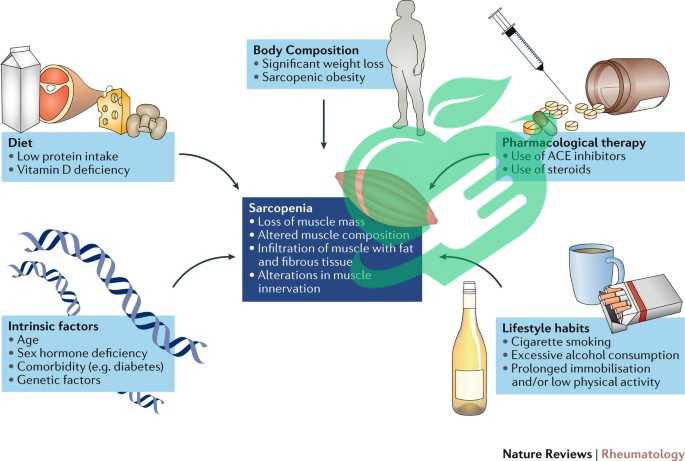
Conclusion and Summary
Key Takeaways on Sarcopenia
As we wrap up our exploration of sarcopenia, it’s essential to highlight a few key takeaways:
- Understanding sarcopenia: Recognizing it as a legitimate health concern is the first step in combating muscle loss.
- Preventive measures: Lifestyle changes, regular exercise, and a balanced diet can significantly reduce the risk.
- Medical interventions: While research is ongoing, several promising treatments and approaches are already available.
These insights can empower you to take charge of your muscle health.
Importance of Addressing Sarcopenia
Addressing sarcopenia isn’t just about maintaining muscle mass; it’s about enhancing your overall quality of life. By proactively managing muscle health, you can retain independence, reduce the risk of falls, and enjoy a more active lifestyle well into your later years. Ultimately, recognizing the impact of sarcopenia on your health journey allows you to be an advocate for your well-being. Embrace these strategies and stay informed—your future self will thank you!

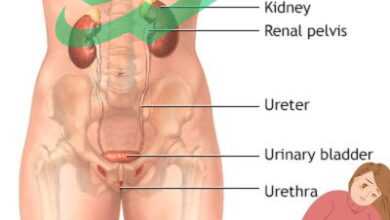


One Comment